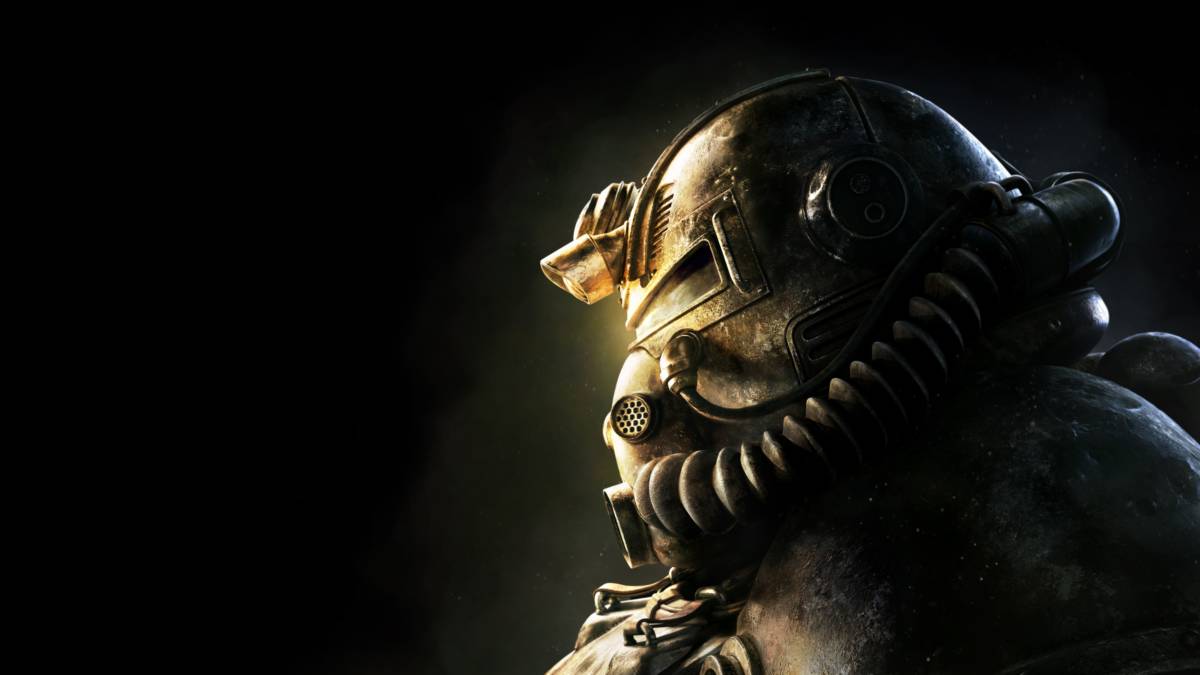Fallout is one of the world’s biggest action RPG franchises, but it wasn’t always that way. While many players’ first exposure to the wastes was Fallout 3 in the mid 2000s, the series actually dates back to the original game which was released over a decade earlier in 1997, and unofficially even further back. So here is the history of Fallout, from the humble Wasteland right through to, well, Fallout 76.
Wasteland

When the Boone Corporation, a California based video game developer, folded, four of its employees banded together to form a new company. With the help of investor Chris Wells, former Boone Corporation staff Brian Fargo, Troy Worrell, Jay Patel, and Rebecca Heineman formed Interplay Entertainment in 1983. In its infancy, the company would work with a couple of today’s biggest video game companies, creating games for Activision and Electronic Arts.
During the mid-1980s, Interplay found their niche with role-playing games, and created the three part series The Bard’s Tale, published by EA. Its success led Interplay to try something different — instead of a traditional fantasy role playing game, they’d attempt to create a post-apocalyptic, Mad Max inspired RPG called Wasteland.
Wasteland was a success as it shifted 250,000 copies, which was a huge amount for the time. Interplay wanted to work on a sequel, but EA had other ideas. With Brian Fargo unable to licence the Wasteland IP, Interplay would form a division within the company called Black Isle Studios. Led by Feargus Urquhart, Black Isle focussed on developing RPG games, and its first game would be a spiritual successor to Wasteland. It would go by the name of Fallout: A Post Nuclear Role Playing Game.
Fallout: A Post Nuclear Role Playing Game
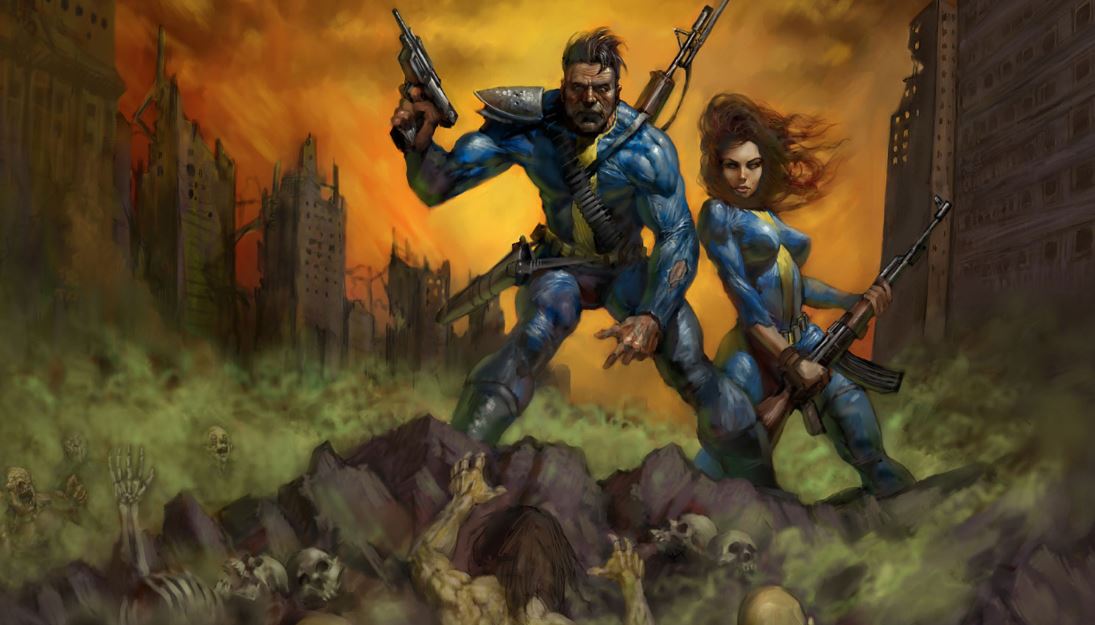
Many of today’s Fallout fans have never played the earlier games in the series. Far from being the action RPG we know and love today, 1997’s Fallout was a 2D, isometric RPG with a tabletop inspired turn-based battle system. The team licenced a system called GURPS, standing for ‘Generic Universal Role Playing System’, from Steve Jackson Games, a company specialising in publishing role-playing, card and board games.
That original game saw you sent out from your vault into the harsh wastelands to find a ‘water chip’, as your vault is running out of water. Fallout is a difficult game, and it doesn’t help that you have a limited number of days to find the chip and return it to the vault, otherwise you simply cannot finish the story. It is a fiendish and oppressive game, but still an impressive one, even today.
Fallout also had a memorable moment in its opening cutscene, in which a prisoner is shot in the head, before his executioner waves at the camera. When Steve Jackson himself saw this scene, he cancelled the deal to licence GURPS to Interplay. The team needed a new system, and Fallout’s designer Chris Taylor came to the rescue, adapting a RPG system that he had created himself. “I wrote my own RPG system on the back of three-by-five cards, in notebooks and on scraps of grid paper”, Taylor told PC Gamer in 2019.
The system was very reminiscent of many tabletop RPGs, as Fallout would use ‘action points’ during battles. Each of your team would have 8 action points (there were ways of increasing this) and these would be used for various actions. Moving one ‘tile’ would cost a single point, firing weapons could cost half a dozen, reloading could cost a couple of points. Different skills cost different points and would force you into a very tactical battle, especially against harder enemies.
The development team was rounded out by Tim Cain, who took the role of producer and programmer on Fallout. It is Tim Cain’s name that’s often tied closely to those original Fallout games, with some even calling him the creator of Fallout, and considering it was Tim Cain’s engine that brought Fallout to life, he could certainly be seen as the series founder, or at least one of them.
Fallout 2
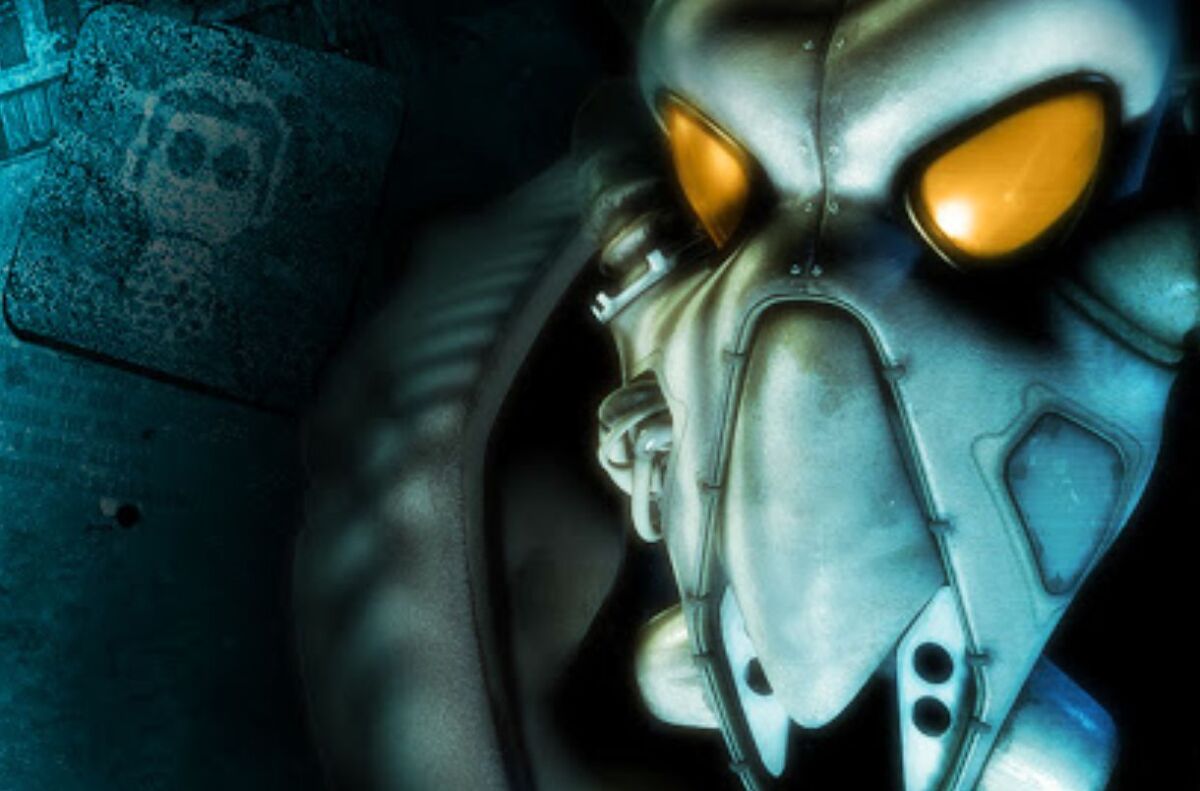
Fallout 1 received some solid reviews, and the team was already working on a sequel before the first game even hit store shelves. Tim Cain announced the game in early 1997, and wrote much of Fallout 2’s story arc, though he left Interplay to form Troika Games in early 1998. There was added pressure on the team due to Interplay’s financial issues at the time, which led to the game having to be ready in only nine months.
This time round, it would be Feargus Urquhart and Matt Norton on designing duties, with Urquhart taking on the role of producer. Fallout 2 also changed its tone slightly, creating a more bombastic, fun approach to the end of the world. It also dropped the time limit that the original game imposed.
Fallout 2 would be a much more ‘fun’ game than its predecessor. Okay, sure, it’s not an easy game and still has a lot of darkness in its universe, but it added the strangeness the franchise would become known for. The game featured random encounters from the likes of a crashed Star Trek shuttle and Dr Who’s Tardis, as well as at least two encounters with characters from Monty Python and the Holy Grail.
One bizarre encounter saw you discovering the ‘Café of Broken Dreams’, a location which can appear anywhere on the map, and unlike other random encounters, allows you to return to it. This cafe features some cut content from the game, as well as characters from the original and the chance to get Dogmeat, the beloved pup from Fallout 1, as a companion.
Fallout 2 wasn’t all silly fun, though. The main story saw you, a descendant of the original character from Fallout 1, go searching for the Garden of Eden Creation Kit (G.E.C.K.) With the hope of turning the wastes into a lush and verdant land. However, Fallout 2 would introduce a villainous faction that became a key player in the Fallout universe, the Enclave. The game released only a year on from the original Fallout and would become a financial success.
Fallout Tactics: Brotherhood of Steel
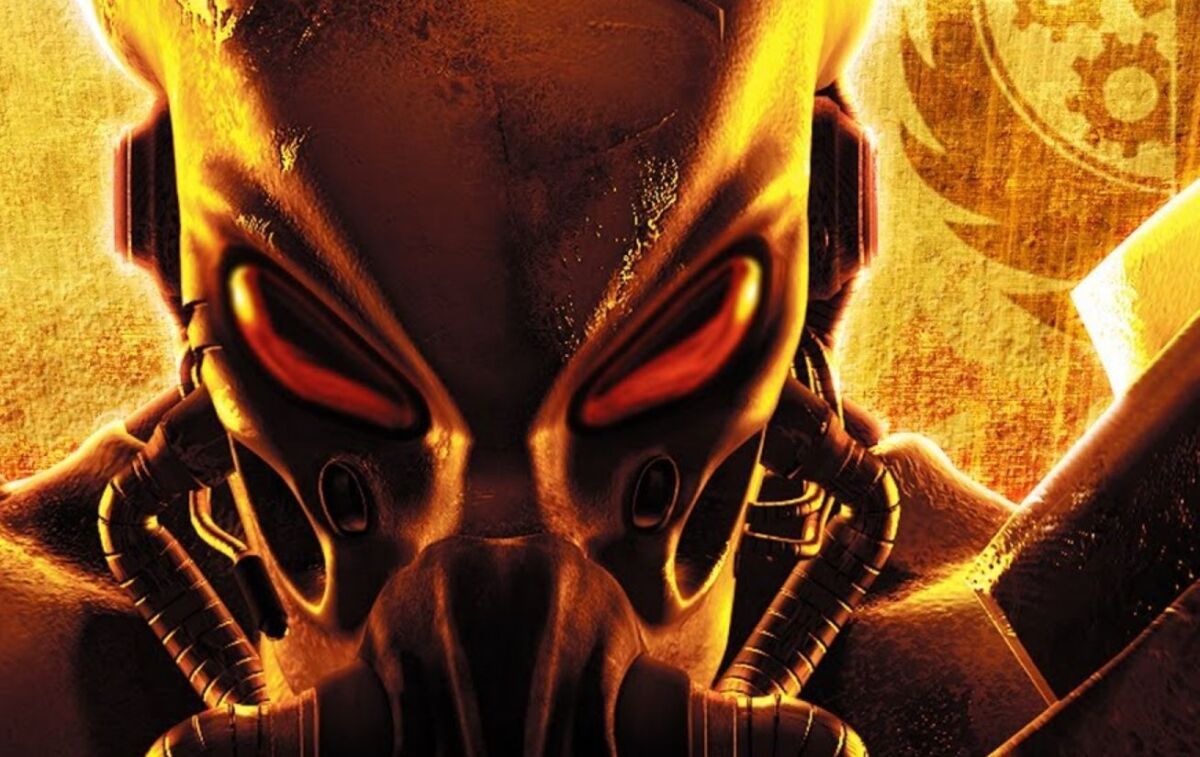
Let’s be clear, Fallout Tactics is not a Fallout game. It’s very much a spin off, but one that looks like Fallout, tastes like Fallout, but boy: it ain’t Fallout. However, it’s a really good game all the same.
Fallout Tactics takes the world of Fallout, but instead of the focus on open world exploration, RPG elements and chatting to waste-folk, it was focussed purely on tactical combat.
Fallout’s turn-based gameplay was a highlight of the first two games in the series so it is easy to see why they chose it as a core concept to base a spin off around. The game also brought some unexpected additions to the game, namely the option to play in non-turn based battles as well as multiplayer gameplay.
Fallout Tactics is a great addition to the series, but fans of open world turn-based RPGs may not have been interested in a combat based spin-off. Current Fallout IP holders Bethesda considers Fallout Tactics to be non-canon. However, Obsidian attempted to add the game back into canon, with a small mention of Tactics’ main faction in Fallout: New Vegas.
While Tactics isn’t as well regarded as previous games in the series, it still reviewed well and as of 2008 it’d sold 300,000 copies.
Fallout: Brotherhood of Steel
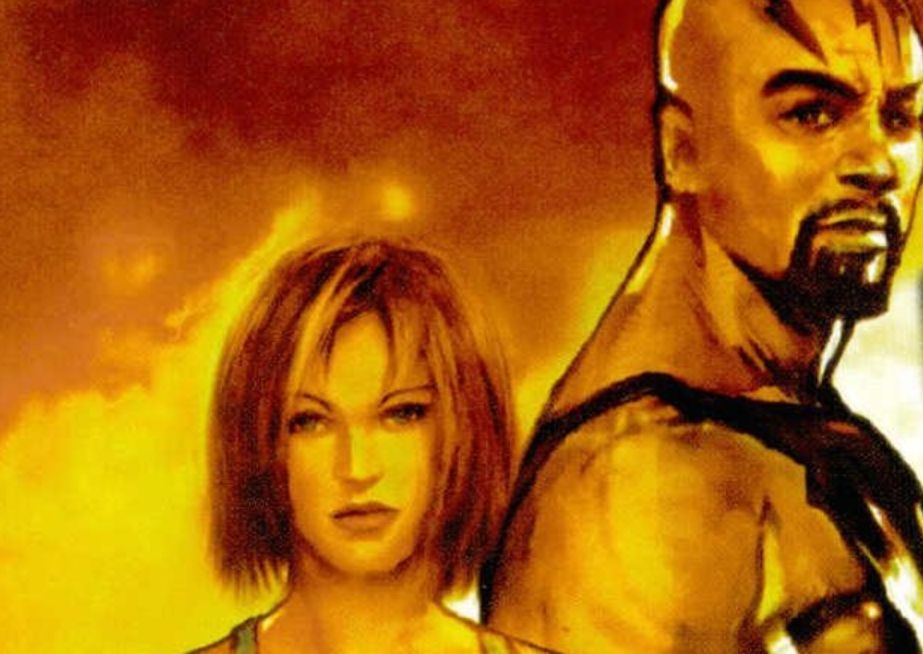
By 2004, PC gaming was lagging behind its console counterparts as video game stores dedicated less and less shelf space to physical games, and with Steam only just making its debut that same year, it’d be a while yet before online stores revived PC gaming. With a downturn in many PC game series, publishers and developers turned their attention to console gaming, with mixed results.
The first attempt to turn Fallout into a console game series was with the spin-off game, Fallout: Brotherhood of Steel. A confusing title, considering Fallout Tactics: Brotherhood of Steel came out only a few years earlier. Brotherhood of Steel shunned the earlier games’ classic theme tunes and instead turned to an awful alt-rock score. Out went the likes of Louis Armstrong and The Ink Spots, and in came Slipknot and Killswitch Engage.
The game was actually a sister game to Baldur’s Gate: Dark Alliance, which was released some years earlier. Frankly, Fallout: Brotherhood of Steel is a largely forgotten entry with fans of the series and it’s easy to see why, as the gameplay shifted away from tactical RPG and instead takes the form of a corridor based, hack and slash RPG. Sales figures aren’t readily available for Fallout: Brotherhood of Steel, but it wasn’t popular with fans of the series and isn’t available on any online stores for purchase as of 2021.
Van Buren (Cancelled)
In 2001, Superman 64 developer Titus Interactive purchased a majority stake in Interplay, and took over the company. Titus’ changes weren’t popular with long serving Interplay staff, changes that included cancelling and scrapping all work on Baldur’s Gate 3. The changes were enough for Interplay co-founder Brian Fargo to leave and form inXile Entertainment.
The Baldur’s Gate 3 team all moved onto work on a sequel to Fallout 2, codenamed Van Buren. Sadly, the future Fallout 3 wouldn’t make it to a full release, not in this form anyway. In 2003, Titus closed Black Isle, ending development and cancelling Fallout 3. Many of the Black Isle team then went on to form Obsidian Entertainment, who wouldn’t be done with Fallout for good.
Several other Fallout games would also be cancelled, including Fallout Tactics 2, Brotherhood of Steel 2, Fallout for PlayStation and Fallout Extreme. Vampire The Masquerade: Bloodlines developer Troika Games also planned a spiritual successor to Fallout, and released footage of the game in 2004, but the company folded in 2005.
Fallout 3
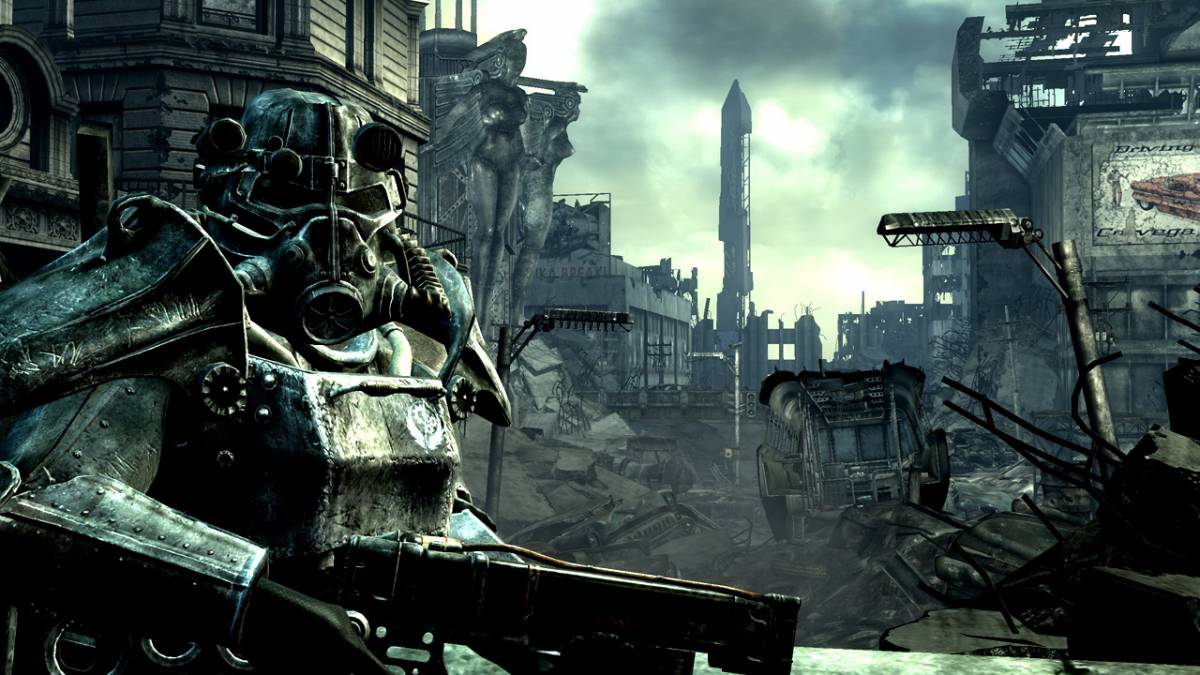
Following Xbox’s Brotherhood of Steel’s failure, a lot would go on in the world of Fallout. Bethesda licensed the Fallout IP from Titus in 2004, and when Titus went bankrupt in 2005, the rights transferred to Interplay, or at least what was left of it. Interplay did however retain the rights to produce a Fallout Online game.
Fallout 3 heralded a major change for the Fallout universe. Powered by Bethesda’s Creation Engine, it too would shift to a first-person viewpoint just like Morrowind and Oblivion before it.
The speed of Fallout 3’s development increased following the release of The Elder Scrolls IV: Oblivion, with director Todd Howard announcing the game for Windows, PlayStation 3 and Xbox 360. The original plan was to recreate the entirety of Washington DC, but with it being too time consuming and costly to do so, they elected to create only half. Still, this was an impressive feat, and venturing across the wastes entirely in third-person was really something else.
While it certainly wasn’t the Fallout we know and love, it did feel as though Fallout 3’s first person combat fitted the universe perfectly. They even added the Vault Assisted Targeting System (V.A.T.S.) which replicated some elements from the original game, allowing you to pause combat to target particular body parts for extra damage.
Fallout 3 was a major critical and commercial success, selling more than the entire franchise combined, with an estimated 12.4 million copies sold to date worldwide. Fallout 3 would also receive rave reviews and in turn would win a huge amount of game of the year awards from the likes of IGN, Gamespot and many more.
Fallout: New Vegas

With Fallout 3 being a massive hit, it’s understandable that Bethesda wanted to strike while the iron was hot and get a sequel out as soon as possible. However, Bethesda was hard at work on Skyrim, and instead decided to reach out to another studio to create a sequel. The studio they chose was Obsidian Entertainment: an obvious choice considering that Obsidian was composed of ex-Black Isle staff, many of whom had already worked on the Fallout series.
A number of elements from the original Fallout 3 (Van Buren) were carried over into Fallout: New Vegas. The location of Las Vegas, as well as Caesar’s Legion, were both planned to appear in Van Buren, and Obsidian reintroduced factions from the original two games, such as the New California Republic. Another thing that returned with New Vegas was the Black Isle sense of humour — New Vegas is a much more over the top, less realistic representation of the Fallout universe.
Obsidian went out of their way to change things with New Vegas. To date, the RPGs in the series always started off with you playing a vault dweller. Instead, New Vegas sees you playing as an amnesiac courier left for dead in the wastes, who seeks revenge on a jive talkin’ version of Chandler from Friends.
New Vegas has arguably become the most loved modern Fallout game to date with the Fallout fanbase, which is surprising, as it actually has a lower Metacritic score than both Fallout 3 and 4, largely due to poor optimisation and multiple bugs on release. Despite this lower score, the game has been appraised over the years and is now often regarded as the best game in the entire series. It would eventually sell over 5 million copies.
Fallout 4
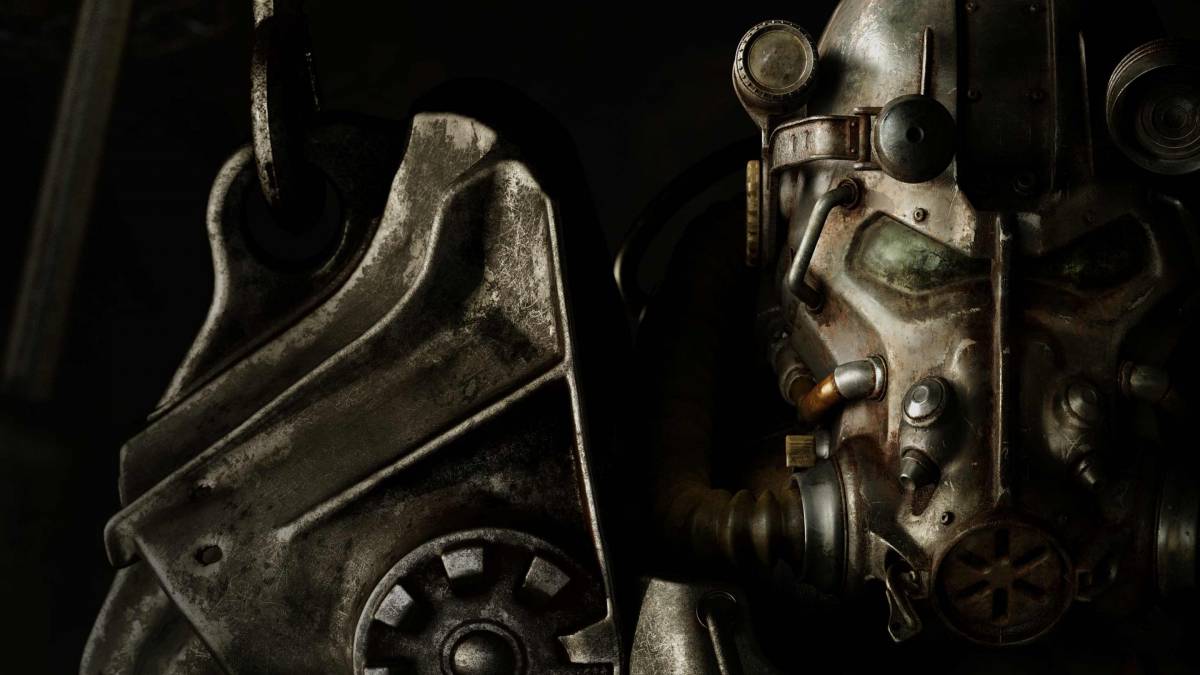
Many people view Fallout 4 as the entry where the wheels started to come off the Fallout juggernaut, which is surprising as it reviewed very well upon release. Fallout 4 looked better than ever, but it seems that Bethesda took very little of what made New Vegas so special and instead built upon what they had started with Fallout 3. Some of the zanier aspects of the universe are largely gone, and the world is a little ‘duller’ than New Vegas, as well as the fact that the actual role-playing in this RPG took a backseat.
However, while the weird wasteland may have gone, there’s still a lot of strangeness to enjoy, and despite the consensus that Fallout 4 is a weaker addition to the series, it remains a solid entry in the universe. The core gameplay stays the same (roam the wastelands and complete quests), and Fallout 4 does it very well. And while the new quests weren’t quite as good or as memorable as their predecessors, they’re still good. The new speech system was a bit of a step down though, with very little changing based on the responses you picked.
One aspect of Fallout 4 that fans didn’t gel with completely was the base building. Fallout 4 allowed players to build bases around the wasteland, fill them with settlers and introduce supply lines to ensure that all bases survive. The mechanics did feel a little bit like a budget survival game, and were very janky when trying to build proper structures, though base building did have plenty to offer those who could get to grips with its clunkiness, as well as the settlements’ constant thirst for your help.
Fallout Shelter
Fallout strode into unknown territories when Bethesda released the spin-off Fallout Shelter for mobile devices, a 2D simulation game that saw you take on the role of overseer and run your very own Vault. It was possibly the most widely released Fallout game to date, debuting on iOS and Android, before moving on to all major consoles, PC and eventually, Tesla vehicles. It was a unique idea and a great way to expand the Fallout universe and drew some excitement from fans when it unexpectedly released in 2015.
It received mixed reviews however, as it was felt by some that it lent too heavily into the style of a smartphone game. Indeed, much like other smartphone games, Fallout Shelter forced you to wait around to do most things, unless you wanted to splash the cash to get things moving a little quicker. This, teamed with a lack of depth, meant that Fallout Shelter was an interesting curio, but not quite what Fallout fans were looking for.
Fallout 76
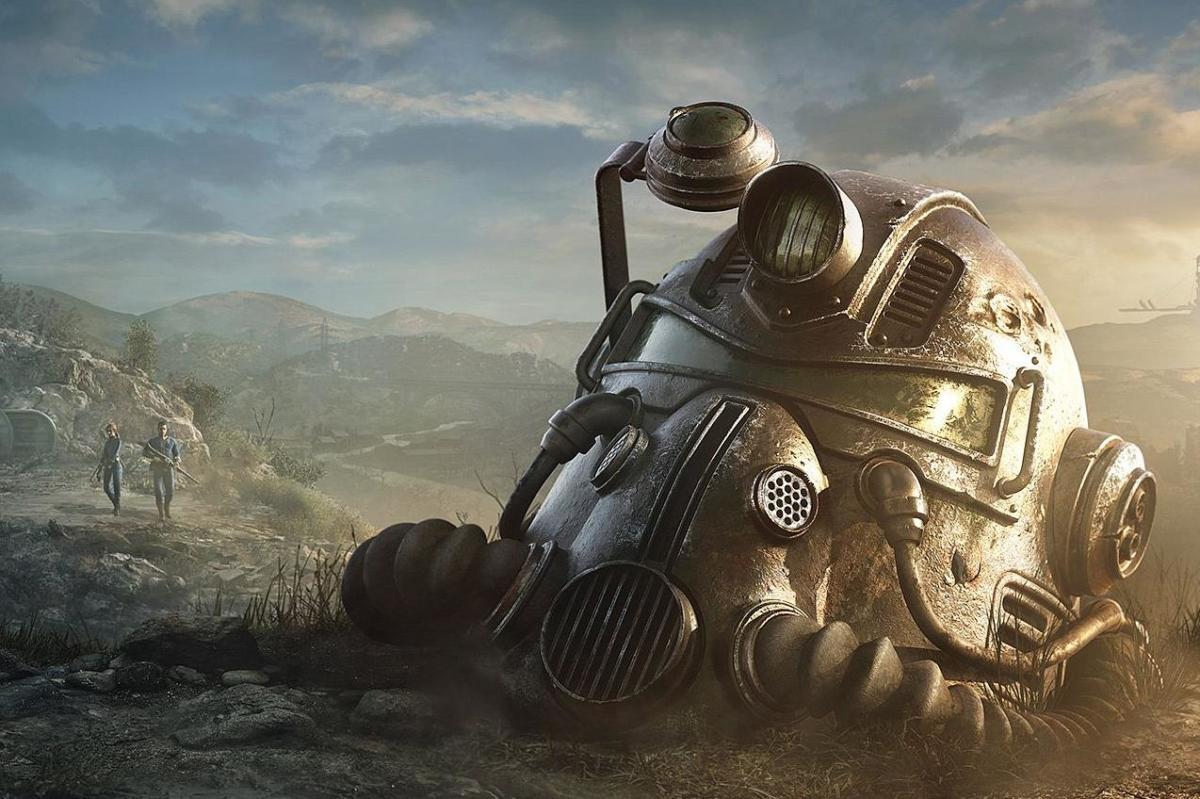
If Fallout 4 was the first game in the series to show some cracks, then Fallout 76 was the one to feel like a failure. However, you can’t outright call Fallout 76 an out and out failure, as the game is still receiving updates and continually being worked on, so it’s now in a decent enough state, though hardly incredible. Fallout 76 has already been covered to death, but allow us to sum up what exactly went on.
When Bethesda licenced Fallout from Interplay via Titus, they were able to do so with one caveat: Interplay would retain the rights to create an online Fallout game. With the likes of World of Warcraft and other MMORPGs becoming big business, it’s understandable that Interplay would try to hold on to the rights to one. Interplay settled with Bethesda in 2012 and gave up their rights to create Fallout Online, which paved the way for Fallout 76.
However, there are issues with Fallout 76, the main one being that Fallout fans weren’t overly interested in a live service multiplayer game. It didn’t help that the game was created in a modified Creation Engine, an engine which already had a whole slew of issues.
Fallout 76 was buggy, and lacking in the charm that made its single player cohorts so successful. It’s a shame, but Fallout 76 just plain isn’t as good as its first person brethren and is easily a low point for the series, and as of 2018 had sold just over 2 million copies.
The Future of Fallout

Fallout 76 will continue to receive updates for the foreseeable future, or at least for as long as the player base is there. Meanwhile, Fallout 5 is very far away, with Bethesda working on Starfield and Elder Scrolls 6 before they get to a new Fallout game. There are a number of spiritual successors to enjoy for the time being, though.
The most prominent is The Outer Worlds from New Vegas developers Obsidian, and while it isn’t the same, it manages to portray the spirit of the first person Fallout games pretty well. If you’re looking for something a bit more traditional, there’s inXile’s Wasteland 2 and 3, which manage to blend the best elements of both the original two Fallout games as well as Fallout Tactics.
If you’re looking for a game that’s a little more similar to Fallout’s ‘lone wanderer’ aesthetic, then check out ATOM RPG: Post-apocalyptic indie game. It does what it says on the tin by recreating the feel of the original two Fallout games and has a lot of positive reviews, so it’s definitely worth a look.
But if you’re waiting for another single player Fallout game, you’d better sit tight and hope the world doesn’t end before it releases. Remember, war never changes.
READ NEXT: The History Of Far Cry
Some of the coverage you find on Cultured Vultures contains affiliate links, which provide us with small commissions based on purchases made from visiting our site.
